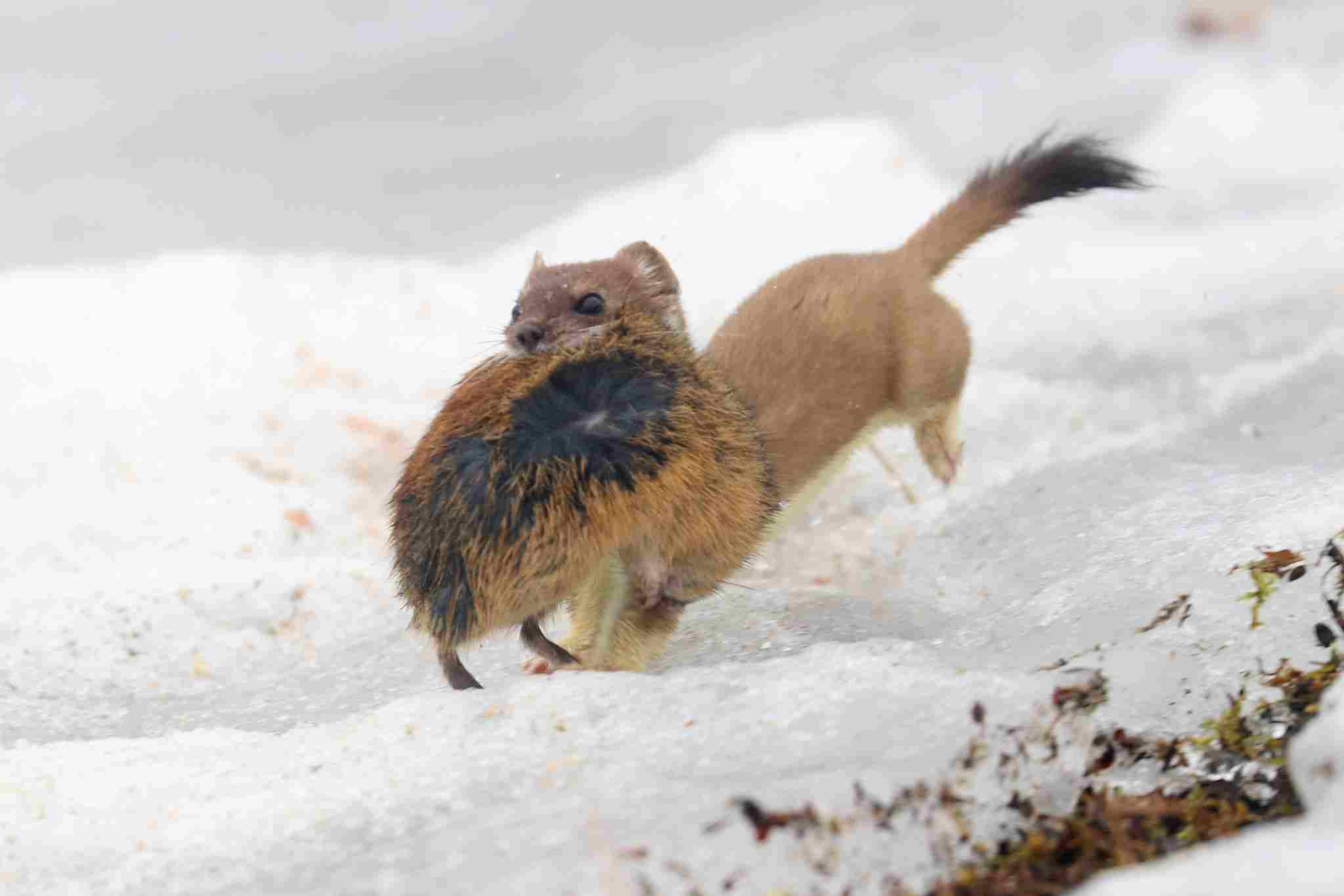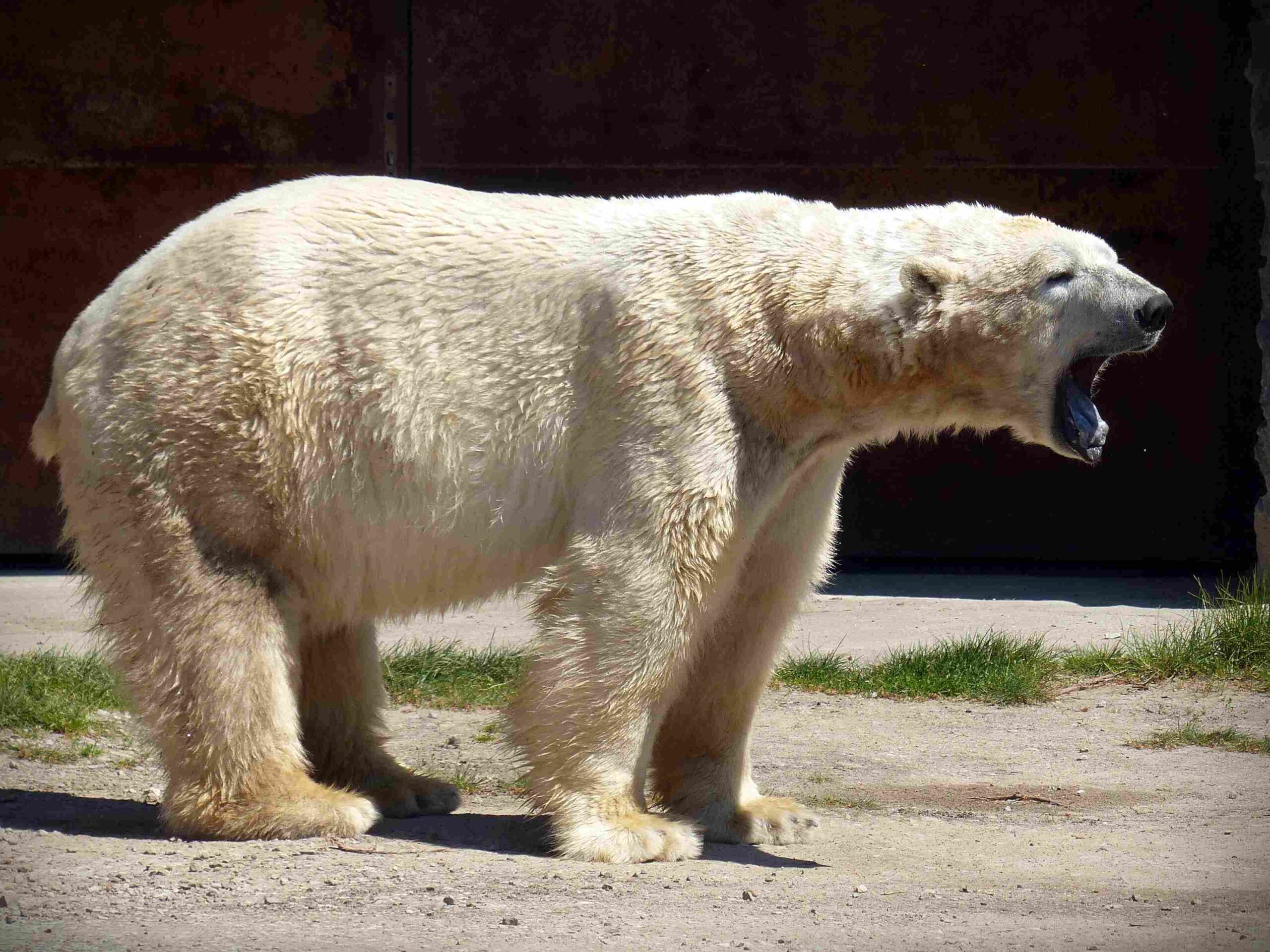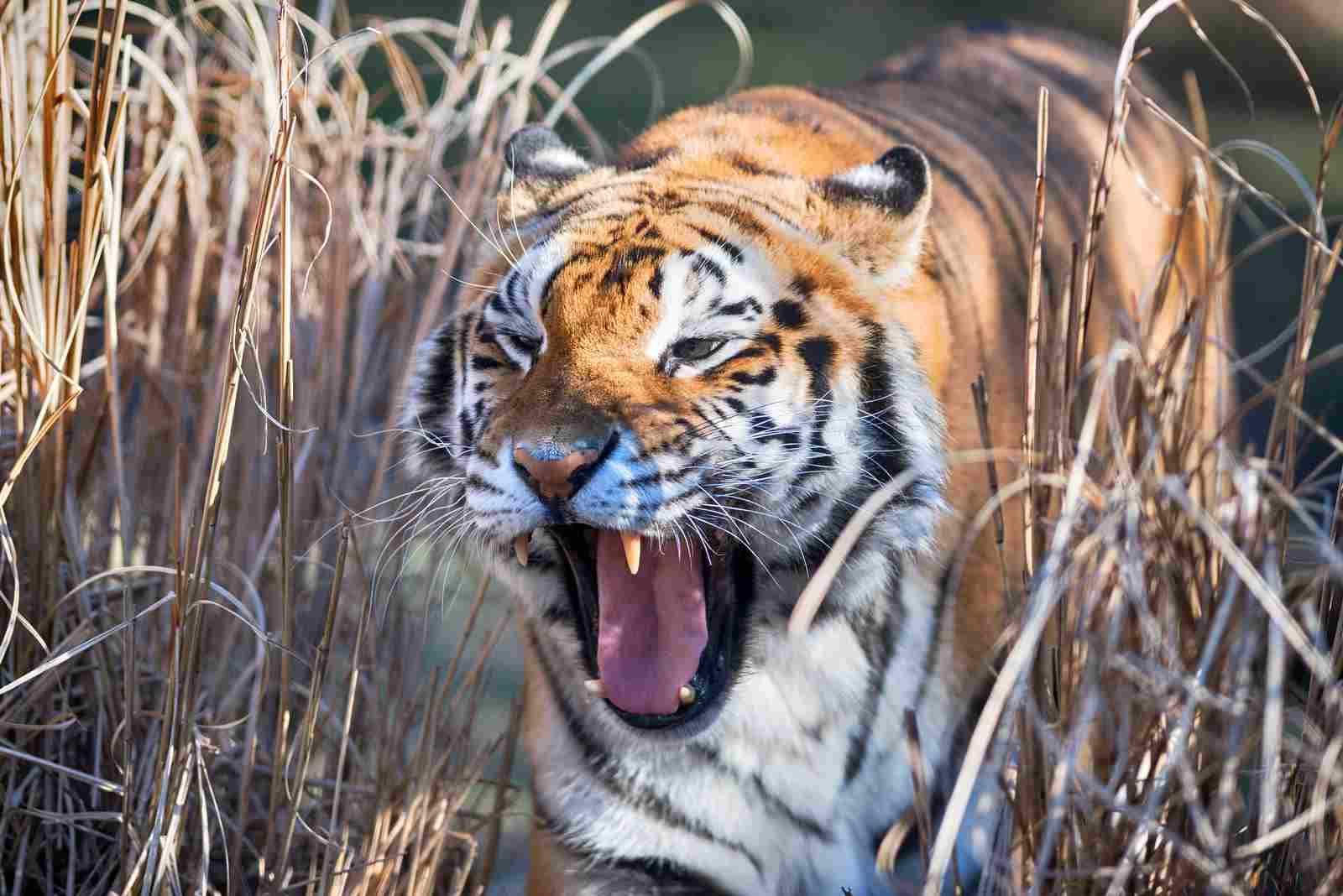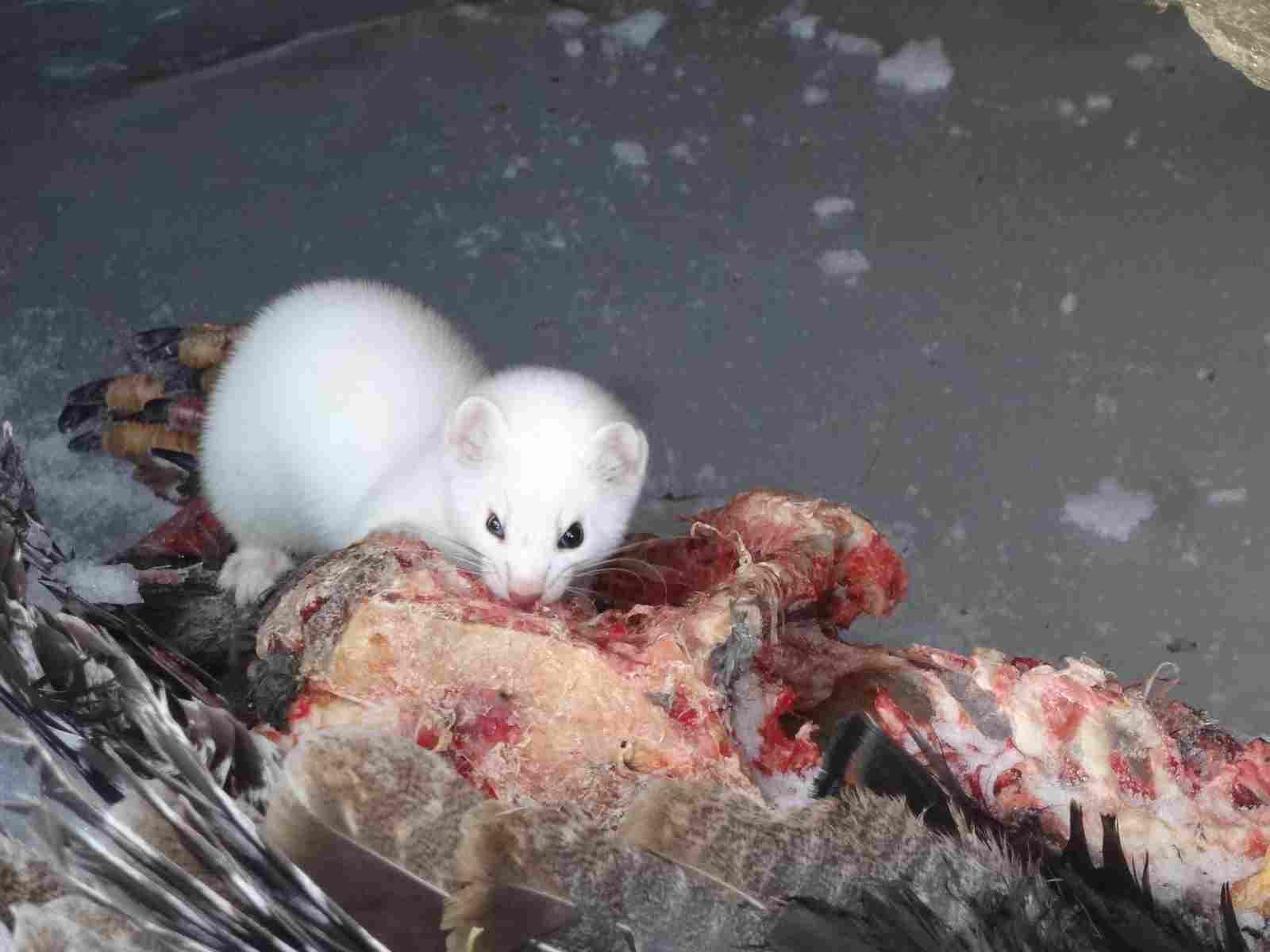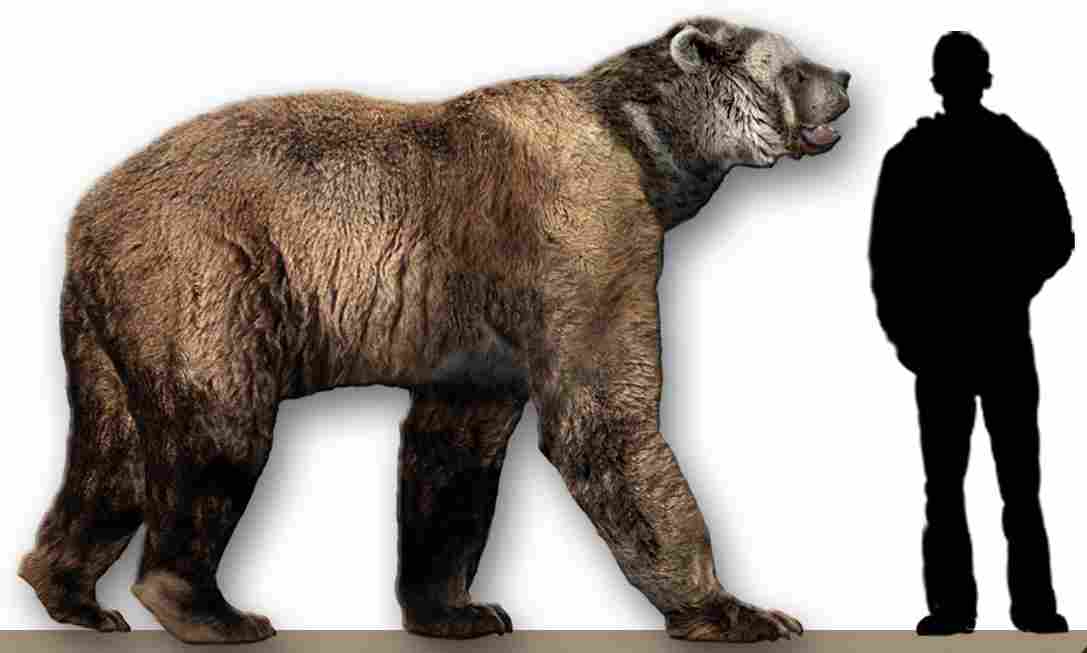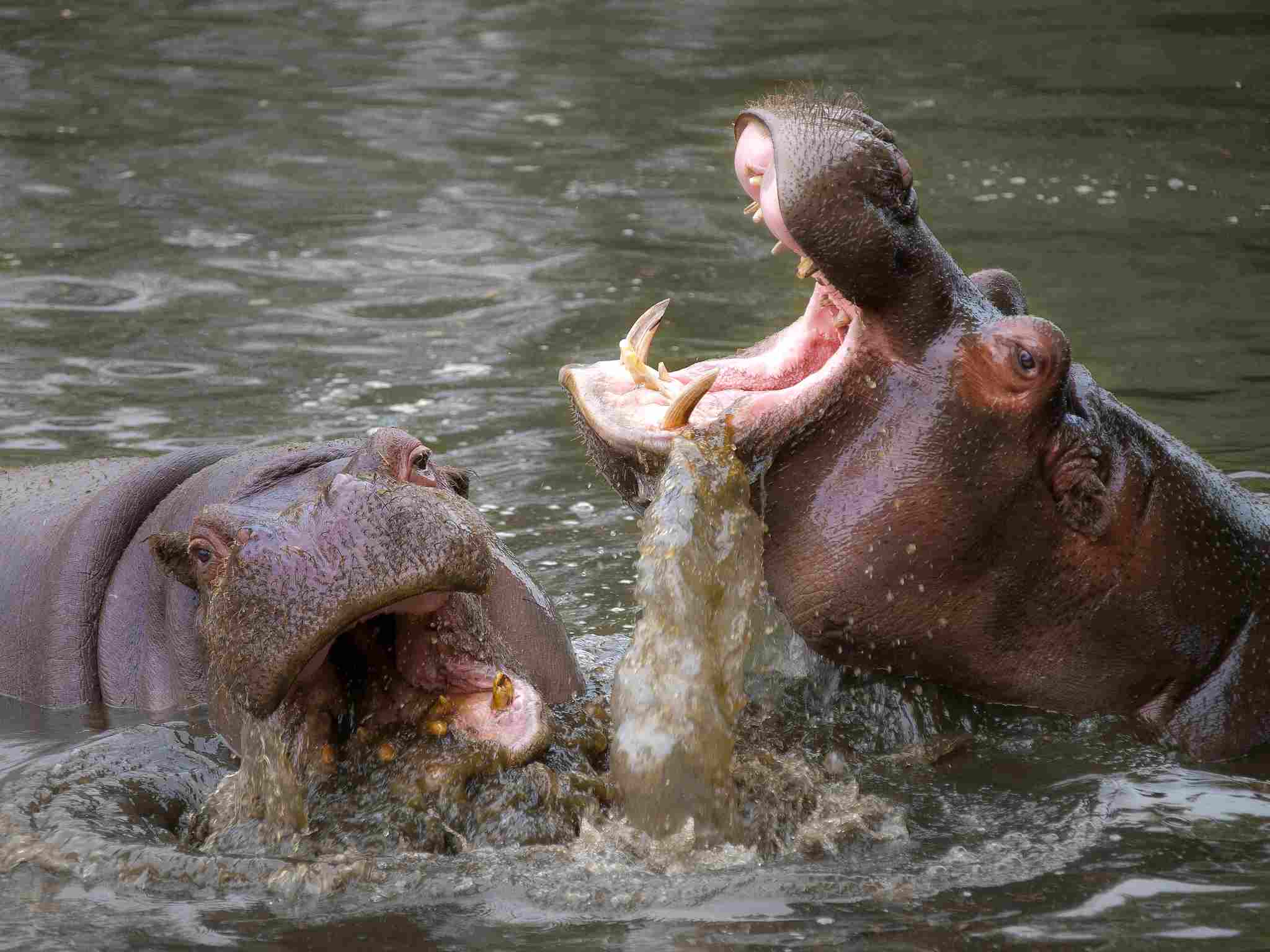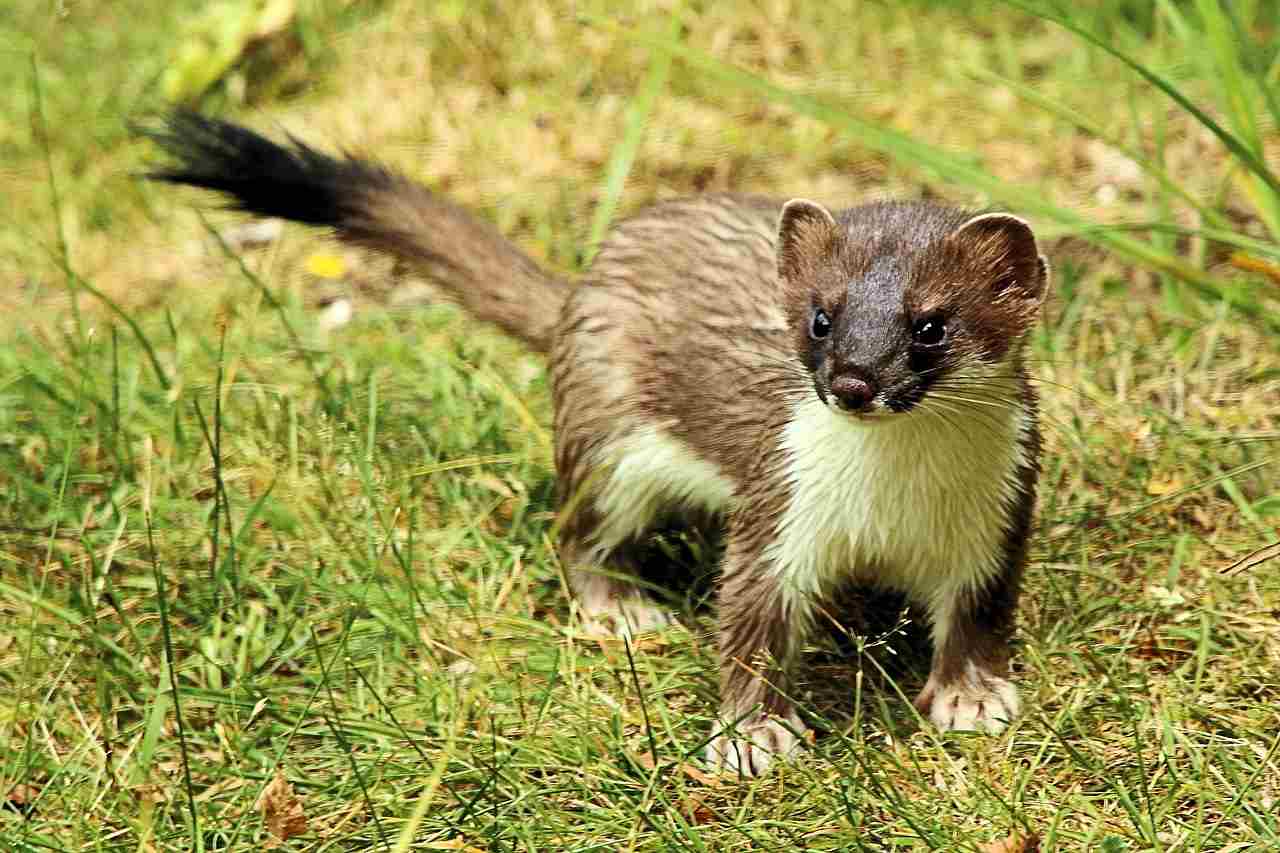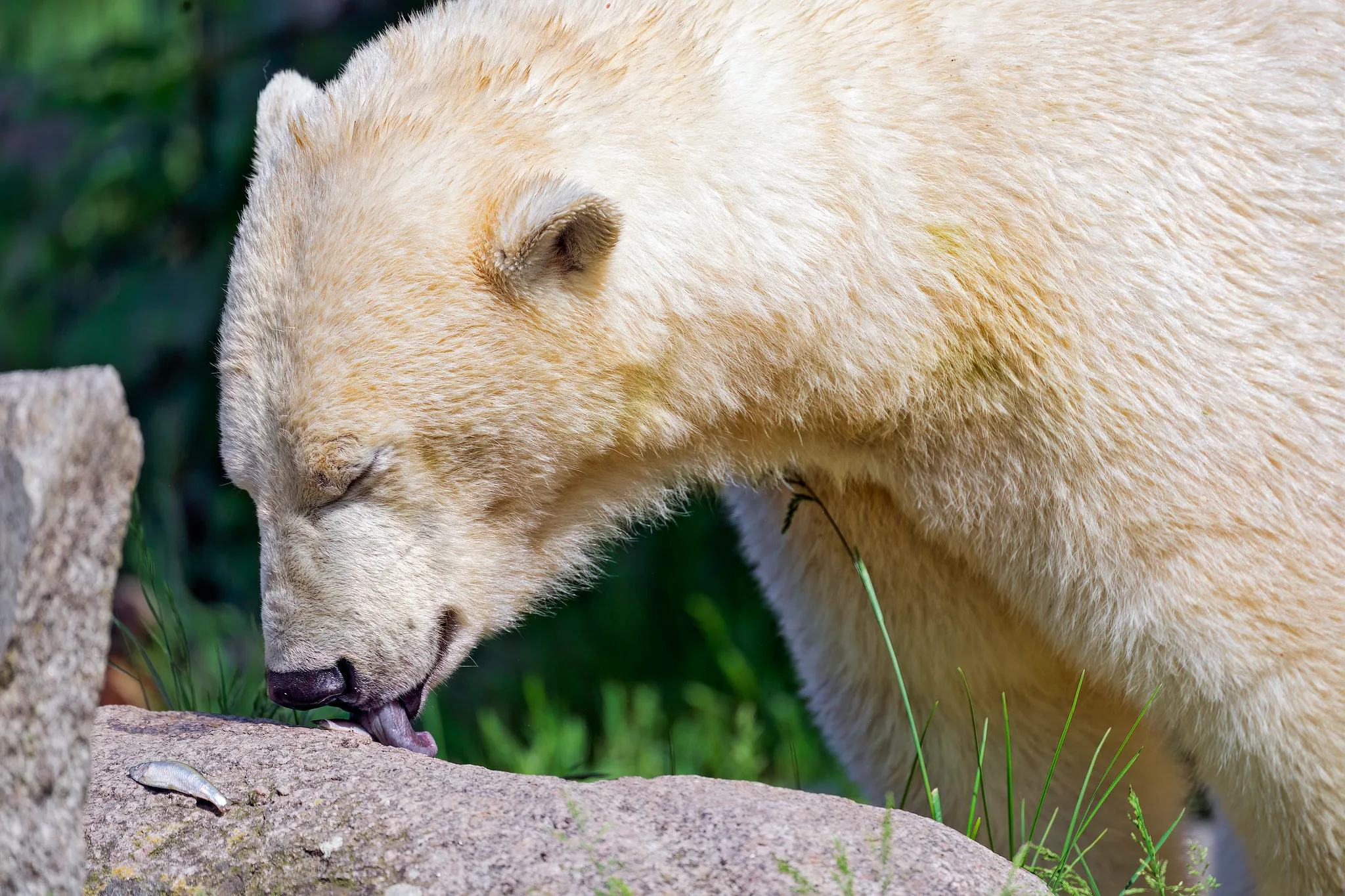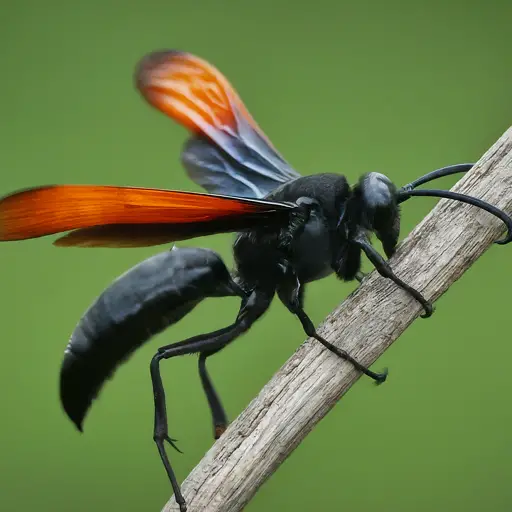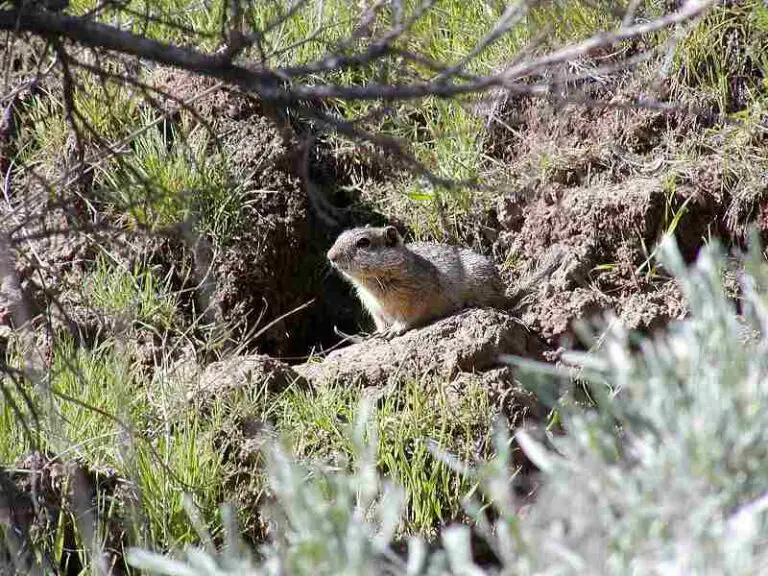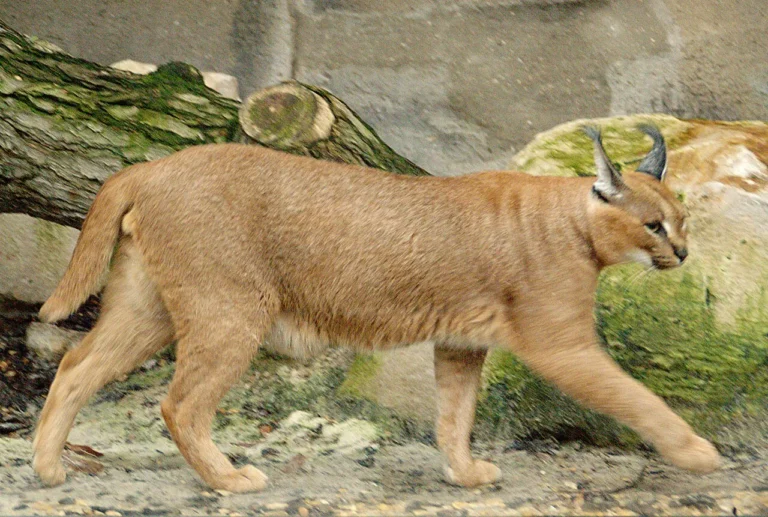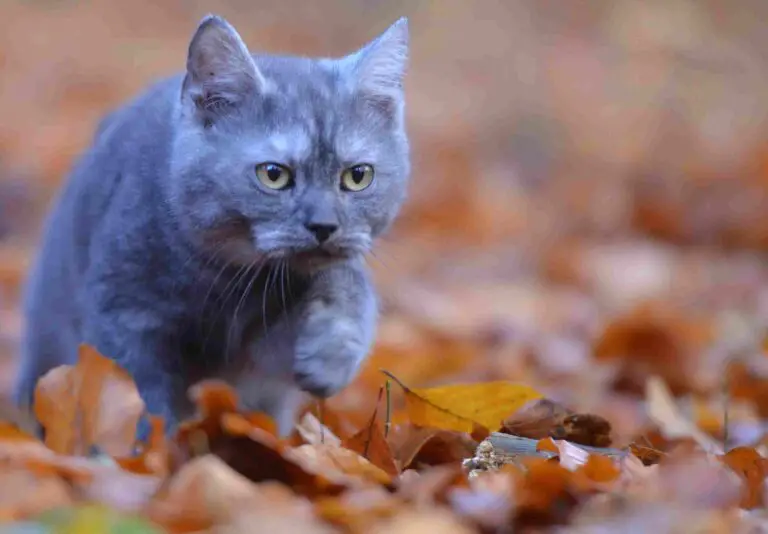7+ Carnivores in The Arctic Ecosystem Discussed
1. Arctic Wolf
The Arctic Wolf, scientifically known as Canis lupus arctos, is a majestic predator adapted to the harsh conditions of the Arctic tundra. Sporting a thick white fur coat, these wolves are perfectly camouflaged against the snowy landscape, enabling them to stealthily hunt their prey. They possess keen senses of sight, smell, and hearing, crucial for detecting prey and navigating through their vast territory.
Arctic Wolves primarily hunt in packs, exhibiting remarkable cooperative hunting strategies to bring down large prey such as muskoxen, caribou, and Arctic hares. Their social structure is hierarchical, with alpha wolves leading the pack and coordinating hunts. These wolves are highly intelligent and exhibit complex social behaviors within their familial groups.
Surviving in one of the most extreme environments on Earth, Arctic Wolves have evolved physiological adaptations to endure freezing temperatures and scarcity of food. Their thick fur insulates them against the cold, while specialized blood vessels in their paws minimize heat loss on icy terrain. They possess powerful jaws and sharp teeth, essential for tearing through tough hides and bones of their prey.
Despite their formidable hunting prowess, Arctic Wolves face challenges such as habitat loss, climate change, and competition with other predators like polar bears. Conservation efforts are crucial to ensure the survival of these magnificent carnivores and maintain the delicate balance of the Arctic ecosystem.
2. Arctic Fox
The Arctic Fox, or Vulpes lagopus, is a small but resilient carnivore uniquely adapted to survive in the harsh Arctic environment. Sporting a thick, fluffy white coat in winter and a brownish-gray coat in summer, these foxes blend seamlessly into their surroundings, providing excellent camouflage against predators and prey alike. Their compact size and rounded ears help minimize heat loss in the frigid Arctic temperatures.
Arctic Foxes exhibit a wide range of behaviors and hunting techniques to secure their meals, which include small mammals like lemmings, voles, and Arctic hare, as well as bird eggs, fish, and carrion. They are opportunistic feeders, scavenging for food whenever possible and storing excess prey to sustain them during lean times. Their keen sense of smell and hearing aids them in locating prey beneath the snow and ice.
These foxes are known for their remarkable ability to endure extreme conditions, withstanding temperatures as low as -50°C (-58°F) and digging elaborate dens in the permafrost to shelter themselves and their young. During the breeding season, which typically occurs in the spring, Arctic Foxes form monogamous pairs and work together to raise their offspring, demonstrating strong familial bonds.
Despite their adaptations, Arctic Fox populations are vulnerable to disturbances such as climate change, habitat degradation, and predation by larger carnivores like wolves and polar bears. Conservation efforts are essential to safeguard these resilient creatures and preserve the ecological balance of the Arctic ecosystem.
3. Snowy Owl
The Snowy Owl, scientifically known as Bubo scandiacus, is a magnificent predator that reigns over the vast expanses of the Arctic tundra and surrounding boreal forests. With its striking white plumage, piercing yellow eyes, and impressive wingspan, the Snowy Owl is an iconic symbol of the Arctic wilderness. Unlike many other owl species, Snowy Owls are diurnal hunters, actively seeking prey during both day and night.
These formidable birds of prey primarily feed on small mammals such as lemmings, voles, and Arctic hares, utilizing their keen eyesight and silent flight to ambush unsuspecting prey. Snowy Owls are patient hunters, often perching atop elevated vantage points or gliding low over the ground in search of movement. Their powerful talons and sharp beaks enable them to swiftly dispatch their prey with precision.
Snowy Owls are highly adapted to life in the Arctic, with dense feathers covering their bodies from head to toe, providing insulation against the cold and wind. During the breeding season, which typically occurs in the spring, these owls construct nests on the ground or atop rocky outcrops, lining them with feathers and other insulating materials to protect their eggs and young from the elements.
While Snowy Owls are formidable hunters, they face threats such as habitat loss, climate change, and disturbance by human activities. Conservation efforts aimed at preserving their breeding grounds and minimizing human disturbance are crucial for ensuring the continued survival of these majestic birds in the Arctic ecosystem.
4. Polar Bear
The Polar Bear, or Ursus maritimus, is the largest land carnivore on Earth and a symbol of the Arctic wilderness. With its iconic white fur, massive size, and powerful physique, the Polar Bear is perfectly adapted to thrive in the extreme conditions of the Arctic ice pack. These apex predators are superb swimmers and can travel vast distances across sea ice in search of prey, primarily seals.
Polar Bears are opportunistic hunters, relying primarily on seals for their diet, particularly ringed seals and bearded seals. They employ various hunting techniques, including stalking seals at breathing holes, ambushing them near seal dens, and scavenging carcasses left by other predators or human activity. Their acute sense of smell allows them to detect seals from great distances, even beneath the ice.
Adapted for a semi-aquatic lifestyle, Polar Bears possess thick layers of insulating blubber to maintain body temperature in freezing waters and large, powerful forelimbs for swimming. Their partially webbed paws aid in propulsion through the water and provide traction on slippery ice. Despite their formidable hunting abilities, Polar Bears face threats such as habitat loss due to climate change, pollution, and reduced access to their primary prey due to declining sea ice.
Conservation efforts focused on mitigating climate change, reducing human-wildlife conflicts, and preserving vital polar bear habitat are crucial for the long-term survival of this iconic species in the Arctic ecosystem.
5. Ermine
The Ermine, also known as the Stoat or Short-tailed Weasel, is a small but ferocious carnivore found throughout the Arctic and other cold regions of the Northern Hemisphere. Characterized by its slender body, short legs, and distinctive black-tipped tail, the Ermine is a skilled predator capable of taking down prey much larger than itself.
These agile hunters primarily feed on small mammals such as voles, mice, and lemmings, as well as birds, eggs, and insects. They employ a variety of hunting techniques, including stalking, pouncing, and chasing prey through dense vegetation or snow tunnels. Ermines are known for their lightning-fast reflexes and ability to maneuver swiftly in pursuit of their quarry.
Ermines undergo a seasonal color change, transitioning from brown fur in the summer to a pristine white coat in the winter, providing effective camouflage against the snowy landscape. This adaptation helps them blend into their surroundings and avoid detection by both predators and prey.
Despite their small size, Ermines play a significant role in the Arctic ecosystem as efficient predators that help control rodent populations. However, they face threats such as habitat loss, predation by larger carnivores, and competition with invasive species. Conservation efforts aimed at preserving their habitat and reducing human impact on Arctic ecosystems are essential for ensuring the continued survival of these resilient carnivores.
6. Gyrfalcon
The Gyrfalcon, scientifically known as Falco rusticolus, is the largest and most powerful falcon species, inhabiting the Arctic and subarctic regions of the Northern Hemisphere. Renowned for its breathtaking aerial prowess and striking plumage, the Gyrfalcon is a formidable predator capable of taking down a wide range of prey species.
These majestic birds of prey primarily hunt other birds, including ptarmigan, grouse, waterfowl, and seabirds, utilizing their incredible speed, agility, and keen eyesight to pursue and capture their quarry in mid-air. Gyrfalcons are known for their dramatic stoop, a high-speed dive used to ambush prey from above with astonishing precision.
Gyrfalcons exhibit a wide range of color morphs, ranging from pure white to dark gray, with intermediate phases in between. This variation in plumage helps them blend into their surroundings and provides effective camouflage while hunting in diverse habitats across their range.
Due to their impressive hunting abilities and regal appearance, Gyrfalcons have been prized by falconers for centuries and are regarded as symbols of power and prestige. However, they face threats such as habitat loss, disturbance by human activities, and declines in prey populations due to factors such as climate change and habitat degradation.
Conservation efforts aimed at protecting critical habitat, reducing human disturbance, and ensuring sustainable management of prey species are essential for safeguarding the long-term survival of these magnificent raptors in the Arctic ecosystem.
7. Peregrine Falcon
The Peregrine Falcon, scientifically known as Falco peregrinus, is a globally distributed raptor species found on every continent except Antarctica. Known for its astonishing speed and aerial agility, the Peregrine Falcon is one of the fastest animals on Earth, capable of reaching speeds exceeding 240 miles per hour (386 kilometers per hour) during high-speed dives called stoops.
Peregrine Falcons inhabit a wide range of habitats, including coastal cliffs, mountain ranges, and urban areas, where they nest on skyscrapers and bridges. They primarily feed on birds, utilizing their exceptional hunting skills to pursue and capture prey in mid-air. Their diet includes a variety of species, ranging from songbirds and shorebirds to pigeons and waterfowl.
These falcons are highly adaptable and have successfully colonized diverse environments across their range. They are known for their distinctive “tear drop” facial markings and sleek, streamlined bodies, which reduce aerodynamic drag and enhance their aerial maneuverability during high-speed pursuits.
Despite their adaptability and widespread distribution, Peregrine Falcons face threats such as habitat loss, pesticide contamination, and persecution by humans. Conservation efforts, including habitat protection, captive breeding programs, and monitoring of nesting sites, have contributed to the recovery of Peregrine Falcon populations in many regions, demonstrating the importance of proactive conservation measures for safeguarding these iconic raptors.
8. Walrus
The Walrus, scientifically known as Odobenus rosmarus, is a charismatic and distinctive marine mammal that inhabits the Arctic and subarctic regions of the Northern Hemisphere. Recognizable by its massive size, long tusks, and wrinkled appearance, the Walrus is uniquely adapted to thrive in the icy waters of the Arctic Ocean and adjacent seas.
Walruses are primarily carnivorous, feeding on a diverse array of prey species found on the seafloor, including clams, mollusks, shrimp, and fish. They use their sensitive whiskers, known as vibrissae, to detect prey in the murky depths and rely on their powerful suction feeding abilities to extract shellfish from the seabed. Walruses are also known to scavenge on carcasses and occasionally hunt larger prey such as seals.
These social marine mammals form large aggregations, or haulouts, on sea ice and rocky shorelines, where they congregate for breeding, molting, and resting. Walruses are highly gregarious animals and exhibit complex social behaviors within their herds, including vocalizations, tactile communication, and dominance hierarchies.
Walruses are facing increasing threats due to climate change, habitat loss, and human activities such as shipping, oil and gas exploration, and hunting. Conservation efforts aimed at protecting vital habitat, reducing anthropogenic disturbances, and mitigating the impacts of climate change are essential for ensuring the long-term survival of these iconic Arctic carnivores.
9. Beluga Whale
The Beluga Whale, or Delphinapterus leucas, is a distinctive cetacean species found in Arctic and subarctic waters around the world. Known for its unique white coloration and bulbous forehead, the Beluga Whale is often referred to as the “canary of the sea” due to its wide range of vocalizations and vocal mimicry.
Beluga Whales are opportunistic feeders, preying on a variety of fish species, squid, crustaceans, and other marine invertebrates found in their Arctic habitat. They use echolocation to locate and capture prey in dark or murky waters and are known to exhibit cooperative feeding behaviors, particularly during the summer months when prey abundance is high.
These sociable marine mammals are highly gregarious and form tight-knit social groups known as pods, consisting of individuals of all ages and sexes. Beluga Whales are known for their playful behavior, breaching, spyhopping, and interacting with each other in a variety of ways.
Beluga Whales face threats such as habitat degradation, pollution, climate change, and disturbance by human activities such as shipping, oil and gas development, and hunting. Conservation efforts focused on protecting critical habitat, minimizing anthropogenic disturbances, and supporting research and monitoring programs are essential for ensuring the long-term survival of these magnificent Arctic carnivores.
*Summary
Arctic Wolf (Canis lupus arctos):
Majestic predator adapted to Arctic tundra.
Thick white fur for camouflage.
Cooperative hunting in packs.
Physiological adaptations for extreme cold.
Arctic Fox (Vulpes lagopus):
Resilient carnivore with fluffy white coat.
Hunts small mammals, birds, fish, and carrion.
Adapts to seasonal color change.
Survives extreme temperatures in elaborate dens.
Snowy Owl (Bubo scandiacus):
Diurnal predator with striking white plumage.
Hunts small mammals and birds.
Nests on ground or rocky outcrops.
Vulnerable to habitat loss and disturbance.
Polar Bear (Ursus maritimus):
Largest land carnivore, adept at hunting seals.
Specialized for semi-aquatic lifestyle.
Threatened by habitat loss and declining sea ice.
Ermine (Stoat or Short-tailed Weasel):
Small, ferocious predator with color-changing fur.
Hunts small mammals, birds, and insects.
Vital for controlling rodent populations.
Faces threats like habitat loss and predation.
Gyrfalcon (Falco rusticolus):
Largest falcon species, renowned for aerial prowess.
Hunts birds with dramatic stoops.
Varied color morphs for camouflage.
Threatened by habitat loss and disturbance.
Peregrine Falcon (Falco peregrinus):
Fastest animal on Earth, hunts birds.
Adaptable habitat range, including urban areas.
Threatened by habitat loss and pesticides.
Recovery efforts show promise.
Walrus (Odobenus rosmarus):
Massive marine mammal, feeds on bottom-dwelling prey.
Social animals forming large aggregations.
Vulnerable to climate change and human activities.
Beluga Whale (Delphinapterus leucas):
Distinctive white cetacean known for vocalizations.
Opportunistic feeder on fish and invertebrates.
Form tight-knit social groups.
Faces threats such as habitat degradation and pollution.
| Carnivores | Summary |
| Arctic Wolf |
Majestic predator adapted to Arctic tundra. Cooperative hunting in packs.
|
| Arctic Fox |
Resilient carnivore with fluffy white coat. Adapts to seasonal color change.
|
| Snowy Owl |
Diurnal predator with striking white plumage. Nests on ground or rocky outcrops.
|
| Polar Bear |
Largest land carnivore, adept at hunting seals. Specialized for semi-aquatic lifestyle.
|
| Ermine (Stoat) |
Small, ferocious predator with color-changing fur. Vital for controlling rodent populations.
|
| Gyrfalcon |
Largest falcon species, renowned for aerial prowess. Varied color morphs for camouflage.
|
| Peregrine Falcon |
Fastest animal on Earth, hunts birds. Adaptable habitat range, including urban areas.
|
| Walrus |
Massive marine mammal, feeds on bottom-dwelling prey. Social animals forming large aggregations.
|
| Beluga Whale |
Distinctive white cetacean known for vocalizations. Opportunistic feeder on fish and invertebrates.
|
